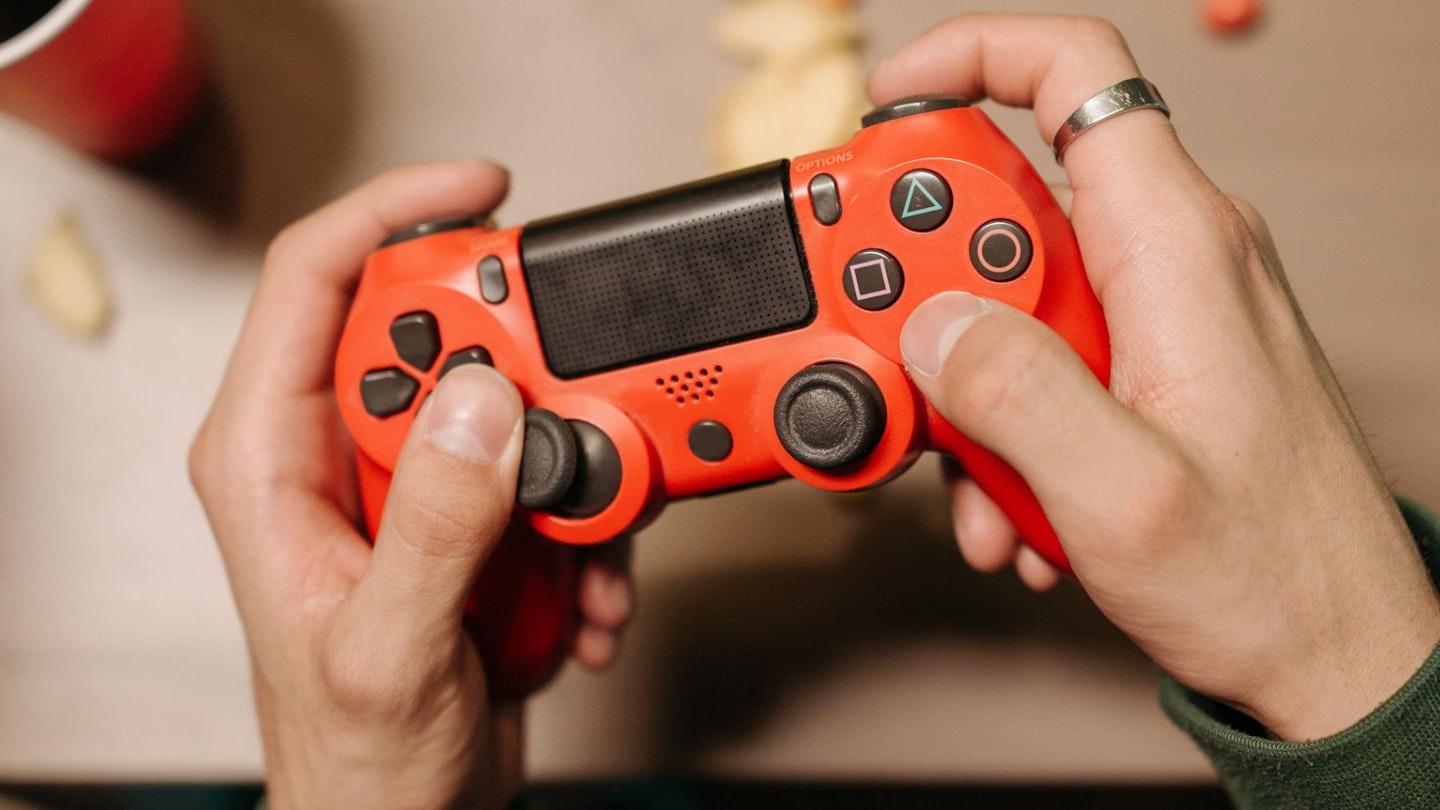Nothing strikes dread in hearts quite the same when gaming as stick drift. It doesn't matter which console or controller you use, it could strike when you least expect it. You're exploring the overworld or maybe navigating dialogue when suddenly your controls go wild for a few seconds.
It can start out small and nigh unnoticeable, but before long it'll cause torment and make a controller feel almost unusable. Considering how much a modern gaming controller costs, that's far from ideal.
We know how much of a pain stick drift can be, which is why we've put together this page to go over what it is, what causes it, and what you can do to get around it.
What is stick drift?
Stick drift is a sort of phantom input register by your controller, mainly with the analog or thumbstick. It tends to start fairly innocently, with a slow push in one direction but can get very difficult to manage over time. In the worst cases, you might not even be able to use the opposite direction anymore. While it's tricky if it happens to the stick controlling the camera angle, it's even worse if it's the stick that manages movement and menus.
What causes stick drift?
Stick drift is often a result of wear and tear on a controller. The longer you have a controller, the more likely it is to happen. What actually causes it can vary, but it's often a result of a build-up of dust or similar small particles. As such, one of the best ways to avoid stick drift from occurring in the first place is to ensure your controller stays clean. Of course, there's a chance it will stick build-up, or the drift could even be a result of a manufacturing error. As frustrating as it is, there's no singular cause of stick drift.
Another factor to think about is how aggressively you input controls. Fighting game players don't just use fight sticks because of the improved accuracy; rapid, hard inputs on an analog stick wear it out much quicker than gentle pushes. From personal experience, we've found that Super Smash Bros Ultimate wore out our joycons fairly fast.
You might have noticed that modern controllers tend to suffer from stick drift more often than retro ones. Once again, the reason why can vary, but there's a clear correlation this time around. Newer controllers tend to have an improved degree of sensitivity so our inputs are registered more precisely. This is great for making accurate shots or landing difficult jumps, but it also makes it easier for dust to affect it.
How to counter stick drift?
There's a handful of ways to go about countering stick drift, but you are fairly limited in ways to flat-out fix it.
For starters, you can try recalibrating your controller. This isn't a long-term solution, but if you're waiting for a replacement or want to push your current one on for a bit longer, this should help nullify some of the pushback.
As we mentioned earlier, keeping your controller clean is the best way to prevent stick drift from happening in the first place. For that, we recommend using pressurised air to blow away any dust or other tiny debris that might be hard to spot. You don't want your controller getting wet, so sticking with a dry method like this is best.
If you still end up with stick drift, your last resort is to try and fix it, but this is notoriously difficult. We don't suggest trying this yourself, so instead look around for what repair services are willing to give it a go. In the case of the Nintendo Joy-Cons, you can actually send them off to be repaired or replaced if the drift is especially egregious.
Kyle Purves is a Commercial Content Writer for What’s The Best, with an avid interest in all things gaming and tech.
They’re well-versed in reviewing a variety of tech products, with a soft spot for speakers and earphones. They’re also no stranger to hunting down the best savings, always wanting to get the best deal possible.
Outside of work, they can often be found playing through an RPG, listening to Japanese noise rock, or trying to catch up with their ever-expanding list of shows and anime to watch. If possible, they try to play Dungeons and Dragons a couple of times a week, but getting six adults to be free at the same time is easier said than done.
Subscribe to the What’s The Best Newsletter to keep up to date with more of the latest reviews and recommendations from the rest of the What’s The Best team.
